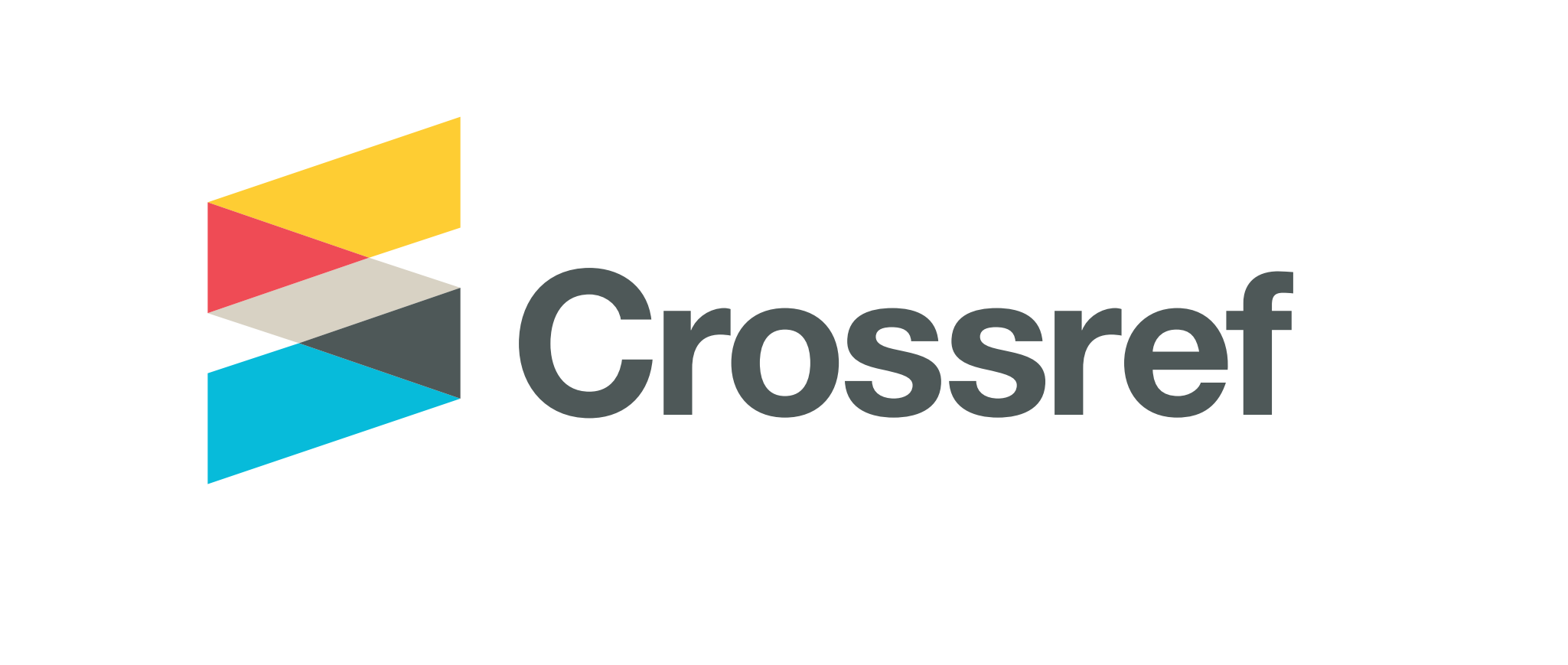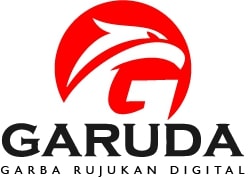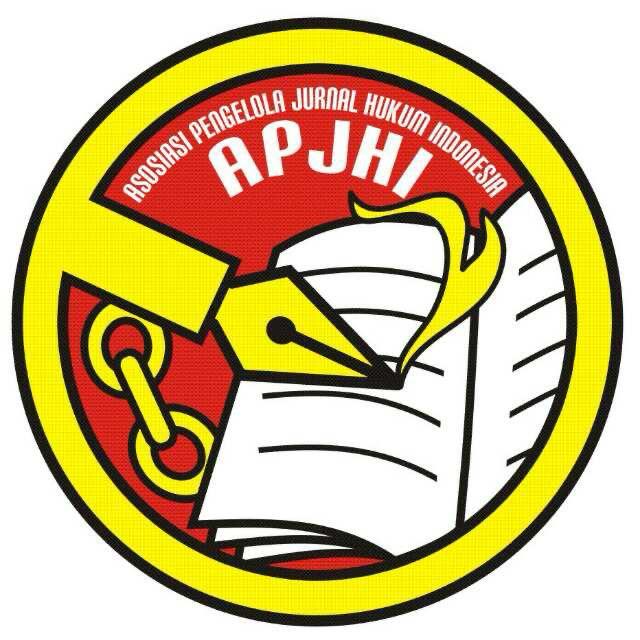Author Guidelines
Submission Preparation Checklist
As part of the submission process, authors are required to check off their submission's compliance with all of the following items, and submissions may be returned to authors that do not adhere to these guidelines.
- The submission has not been previously published, nor is it before another journal for consideration (or an explanation has been provided in Comments to the Editor). It is up to the editorial board to decide upon acceptance.
- The submission file is in OpenOffice or Microsoft Word file format.
- Any third-party-owned materials used have been identified with appropriate credit lines, and permission obtained from the copyright holder for all formats of the journal.
- The author declares the absence of any conflict of interest in this work.
Please read and understand the author's guidelines for the preparation manuscript. The author who submits a manuscript to the editors should comply with the author's guidelines and template. If the submitted manuscript does not comply with the guidelines or using a different format, it will be rejected by the editorial team before being reviewed. The editorial team will only accept a manuscript that meets the specified formatting requirements (downloadable at: Template and Author Guidelines). This template is designed to assist Author in preparing manuscript; it is an exact representation of the format expected by the editor. To use this template, please just Save As this MS Word file to your document, then copy and paste your document here.
General Requirements
- Each manuscript shoul be written by a maximum of 5 (five) authors
- Each author must have an ORCID ID, for those who don't have one, please create an account The ORCID by registering here. link must be included during the submission process.
- Manuscripts must be related to legal studies, both Indonesian law and the global context with a multidisciplinary approach. Manuscripts must show the advantages and uniqueness of the topic under
- Manuscripts must be typed at least 6000 words (including footnotes but not including Abstract and References) A4, single spaced, typeface using Times New Roman
- The manuscript uses Bahasa Indonesia or English.
- Each manuscript uses at least 20 references from the latest year journal articles (the last 5 years).
- Reference sources must be written clearly, completely, and DOI or link should be provided
- The manuscript is completed with an Abstract, a maximum of 250 words
- The title must be concise and clear
- Keywords consist of 3-5 related to the topic, not a snippet of the title
The Manuscript Review Process Policy
Manuscripts submitted will be reviewed by the editorial board and peer reviewers who are experts and familiar with the relevant research field. After the review process, the Managing Editor will inform the authors about the acceptance, rejection, or need for manuscript revisions.
All submitted manuscripts will undergo a first-stage review process carried out by the Internal Editor, which includes checking the manuscript's suitability for focus and scope, manuscript template, writing standards (including word count), and similarity (plagiarism check by Turnitin). Regarding plagiarism checks, the permitted percentage limit should not exceed 25%. After passing the first stage, the manuscript will be sent for processing in the second stage, which is the review process (through the double-blind peer review system).
In conducting the article publication service, we refer to the following service time standards:
|
Services |
Time |
|
First Step Review (Internal Review) |
1 week (7 working days) |
|
Similarity Check |
1 week (7 working days) |
|
Second Step (Peer Review Process by External Reviewers) |
1-2 month |
|
Review Decision |
Conditional |
|
Notification of Acceptance (after the Author submitted the revised version of manuscript) |
1 week (7 working days) |
|
Copyediting & Proofreading |
1-2 weeks |
|
Publication |
Conditional (based on the publishing schedule) |
Publication Schedule and Manuscript Submission Acceptance
|
No |
Edition |
Submission Deadline |
|
1 |
Issue 1 (January-May) |
April 30 each year |
|
2 |
Issue 2 (July-December) |
October 31 each year |
Open Access Policy
This journal provides direct open access to its content with the principle that making research freely available to the public supports greater global knowledge exchange.
Publication Ethics
The Recht Studiosum Law Review is committed to maintaining the highest ethical standards for all parties involved in the act of publishing in a peer-reviewed journal: the author, the editor of the journal, the peer reviewer and the publisher Recht Studiosum Law Review publishing ethics, both internally and externally and we state the following principles of Publication Ethics and Malpractice Statement based on Committe of Publication Ethics (COPE) standard. All articles not in accordance with these standards will be removed from the publication at any time even after the publication. In accordance with the code of conduct we will report any cases of suspected plagiarism or duplicate publishing to the relevant authorities. The Journal reserves the right to use plagiarism-detecting software to screen submitted papers at all times.
AUHTOR RESPONSIBILITIES:
- Reporting standards: Authors should present their results clearly, honestly, and without fabrication, falsification or inappropriate data manipulation. Authors should describe their methods clearly and unambiguously so that their findings can be confirmed by others
- Originality, plagiarism and acknowledgement of sources: Authors should adhere to publication requirements that submitted work is original, is not plagiarized, and has not been published elsewhere - fraudulent or knowingly inaccurate statements constitute unethical behavior and are unacceptable. If an author has used the work and/or words of others, that this original is been appropriately cited or quoted and accurately reflects individuals’ contributions to the work and its reporting.
- Data Access and Retention: Authors may be asked to provide the raw data in connection with a paper for editorial review, and should in any event be prepared to retain such data for a reasonable time after publication.
- Ethics: Authors should only submit papers only on work that has been conducted in an ethical and responsible manner and that complies with all relevant legislation.
- Disclosure and Conflicts of Interest: All authors should disclose in their manuscript any financial or other substantive conflict of interest that might be construed to influence the results or interpretation of their manuscript. All sources of financial support for the project should be disclosed.
- Authorship of the Paper: Authorship should be limited to those who have made a significant contribution to the conception, design, execution, or interpretation of the reported study. All those who have made significant contributions should be listed as co-authors. Where there are others who have participated in certain substantive aspects of the research project, they should be acknowledged or listed as contributors. The corresponding author should ensure that all appropriate co-authors and no inappropriate co-authors are included on the paper, and that all co-authors have seen and approved the final version of the paper and have agreed to its submission for publication.
- Multiple, Redundant or Concurrent Publication: An author should not in general publish manuscripts describing essentially the same research in more than one journal or primary publication. Submitting the same manuscript to more than one journal concurrently constitutes unethical publishing behavior and is unacceptable.
- Fundamental errors in published works: When an author discovers a significant error or inaccuracy in his/her own published work, it is the author obligation to promptly notify the journal editor or publisher and cooperate with the editor to retract or correct the paper.
RETRACTION POLICY
Basically, journal editors cannot independently deciding which articles shall be published. In making decisions regarding publishing, editors are guided by the policies of the journal's editorial board and are limited by applicable legal requirements relating to defamation, copyright infringement, double publishing, and plagiarism. Articles that have been published will remain extant, exact and unaltered as far as is possible. However, under certain circumstances can arise where articles that have been published must then be withdrawn or even deleted. Such actions should not be carried out except in exceptional circumstances.
A retraction of articles that have been published can be initiated by journal editors, by authors and/or their institutions. In certain cases the retraction must be accompanied by an apology for the previous mistakes and/or expressions of gratitude to those who revealed the error to the author. A retraction of published scientific articles must be accompanied by a statement that the original article must not be published and that data and conclusions should not be used as part of the basis for future research.
Article withdrawal
This circumstances can occur if the initial version of the article contains an error, or may have been accidentally sent twice to both the recht studiosum law review publisher. In addition, it can also occur due to an element of infringements of the scientific code of ethics, such as double submissions, false claims of authorship, plagiarism, self-plagiarism, fraudulent use of data or the like. Articles that meet the element of infringements of the code of ethics upon the awareness of the author can make a withdrawal of his article accompanied by a letter of statement withdrawal addressed to the editorial board of the recht studiosum law review.
Article retraction
A retraction is carried out if an article is indicated to have Infringements of scientific ethical codes, such as double submissions, false claims of authorship, plagiarism, self-morningism, fraudulent use of data, fake authors or the like. Also, a retraction will be used to correct errors in submission or publication. A retraction of an article by the author or editor under the advice of the editorial board of the recht studiosum law review. There are several forms of recraction carried out by the recht studiosum law review, i.e.:
- If the infragements of the scientific code of ethics are indicated before the article published, the editor will return the manuscript to the author accompanied by a retraction letter from the Chief Editor;
- If the infragements of the scientific code of ethics are indicated after the article published, there are several mechanisms that can occur:
- A retraction note titled Retraction: [article title] signed by the authors and/or the editor is published in the paginated part of a subsequent issue of the journal and listed in the contents list.
- The online article is preceded by a screen containing the retraction note. It is to this screen that the link resolves; the reader can then proceed to the article itself.
- The original article is retained unchanged save for a watermark on the .pdf indicating on each page that it is “retracted.
- The HTML version of the document is removed.
Article removal: legal limitations
In an extremely limited number of cases, it may be necessary to remove an article from the online database of the recht studiosum law review. This will only occur where the article is clearly defamatory, hoax, infringes others legal rights, a court order, and endangering state security. In these circumstances, while the metadata (Title and Authors) will be retained, the text will be replaced with a screen indicating the article has been removed for legal reasons.
Article replacement
In cases where the article, if acted upon, might pose a serious health risk, the authors of the original article may wish to retract the flawed original and replace it with a corrected version. In these circumstances the procedures for retraction will be followed with the difference that the database retraction notice will publish a link to the corrected re-published article and a history of the document.










